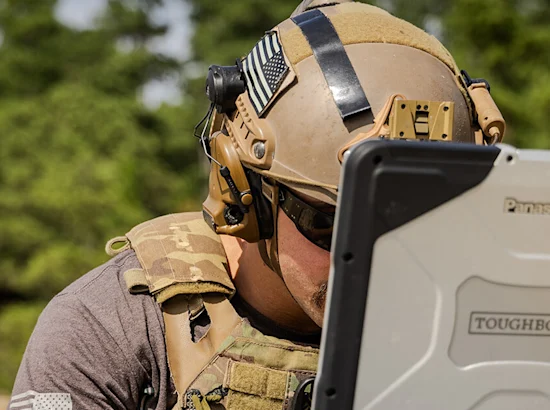Within the Department of Homeland Security, Customs and Border Protection (CBP) delivers on a critical, two-fold mission: facilitating lawful international travel and trade; and keeping bad actors and their wares from crossing our borders – whether by land, sea or the air. With changes to tariffs and trade regulations, CBP’s cargo and trade missions are a critical tool of the United States foreign and economic policy.
One essential element of the CBP’s work involves screening the cargo that enters our country at legal ports of entry, and making sure it is both correctly labeled and legal to import. With national and economic security on the line, CBP agents must do this effectively and quickly, knowing that delays at the border or ports can affect the entire U.S. economy.
According to DHS, on a typical day, CBP screens more than 100,000 shipping containers, processes $9.2 billion worth of imported products, quarantines more than 3,200 biologic products, confiscates more than $180,000 in illicit currency, and seizes more than 2,300 pounds of drugs.
Every. Day.
It’s impossible to screen every single package that comes into the country. So, CBP extends the border to the point of origin by maintaining a network of trusted suppliers and a trusted cargo program. This includes working with partners on both sides of the border to determine vetted companies to create efficiencies and a better experience crossing through check points. They’ve also implemented technology to modernize elements of the overall screening process, accelerating the speed at which agents can work and enhancing the effectiveness of their efforts. This technology-enabled approach generates an enormous amount of data to leverage but also creates new data management challenges.
CBP’s National Targeting Center acts as a clearing house for cargo and trade data, and teams there manage and mine this data looking for insights that will help CBP improve the screening process. This is accomplished by targeting the highest risk cargo for closer investigation. The center consolidates data from suppliers, governments and passenger facilitators like cruise lines and airlines. Then analytics are performed on the data to find and mitigate risk, saving time on individual and in-depth searches while increasing safety. Those findings are communicated with CBP officers in the field, shared in real-time.
All of this work requires an intricate combination of intelligence, diplomacy, technology and mission understanding.
- Intelligence to determine where there is risk
- Diplomacy to create a trusted supplier program with participants
- Technology, advanced analytics and screening tools to accelerate processes
- Mission Understanding to align the best technology, solutions and approaches to advance outcomes
Applying Experience from Healthcare to DHS
The healthcare system generates an enormous volume of data which when leveraged correctly can be used to advance healthcare missions, from advancing research and delivering efficiencies, to identifying fraud, waste and abuse. GDIT applies mission-centered AI and analytics technology across a range of programs for the Centers for Medicare and Medicaid Services (CMS). GDIT health subject matter experts partner with technologists and data scientists to take a comprehensive approach to solving problems. Using this approach our teams can bring practical and actionable solutions forward and marry mission understanding with analytics, technology and health policy knowledge to help the agency deliver on its mission of improving the U.S. health care system and providing quality coverage to millions of people.
We are poised to now do the same at DHS, where we bring diverse technology capabilities and deep mission understanding to a broad array of teams. Presently, we partner on cargo targeting; we support critical communication and outreach strategies; we collaborate with agency’s public affairs teams on time-sensitive communications on trade and sanctions; we enable biometric screening work at airports; we support the operations and management of multiple, complex immigration systems; and we support specialized workforce training initiatives regarding travel security.
Every one of these examples shares a common goal: to quickly and securely deliver information and data to the people in the field who advance the DHS mission and protect America’s national and economic security. We understand the mission, the technology and the needs of DHS’ users. And that’s a mission we’re proud to continuously support.






